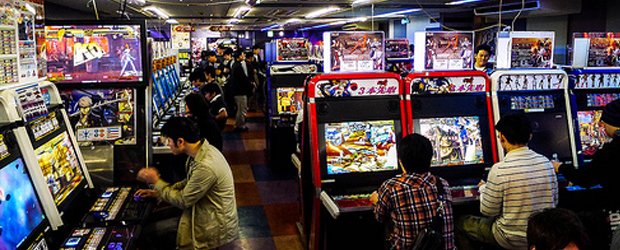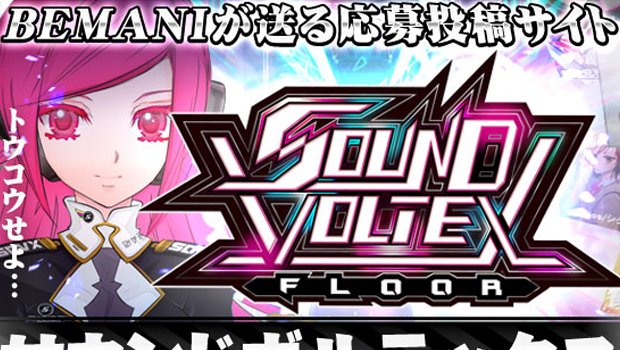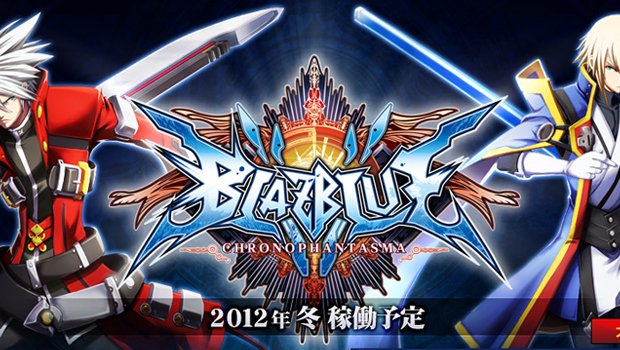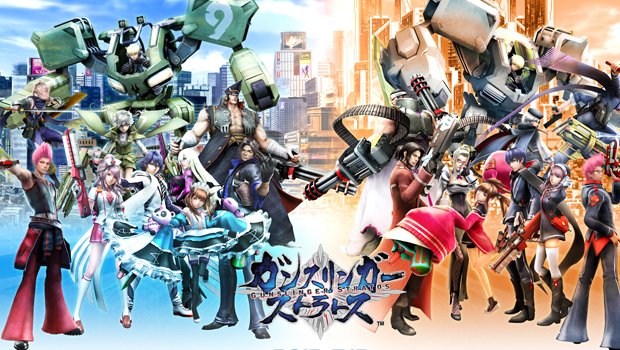You cant comprehend how much better Japanese arcades are
Exactly what we're missing in the West

Arcades are better in Japan. It’s that simple. Yes, there are some cherished video game hovels out here in the states, ones that have weathered a brutal storm against an increasingly shrinking market. New Jersey’s 8 on the Break was a personal favorite during my time at Rutgers, and fostered many an expert-level fighting game player; SouthTown Arcade is a local standout now that I’m in San Francisco. But for every niche-servicing sanctuary for hardcore gamers, there are two soulless, sparse Dave & Busters or some such “arcade” that treats its games like cheap novelties that are best enjoyed with beer. While arcades occupy a dismally dwindling space here in America, Japan has fostered them into thriving shrines honoring games new and old. But how? What makes Japanese arcades so different?
I was fortunate enough to spend a few days arcade-hopping in Akihabara, also known as the Electric Town, when I was covering TGS last week. Now, not every district in Japan can boast Akihabara’s arcade count. This was more like the Times Square of gaming havens; I believe I counted six arcades along the same main strip, each of which I spent hours gleefully wandering through in a dreamlike state. Of those six, three were owned by Sega, who proudly displayed their logo on the side of their six-story virtual paradise. It was almost enough to bring a man to joyous tears.
Price-wise, these arcades were about the same: 100 yen (around $1.25 USD, courtesy of the yen’s soaring exchange rate) got you into most games, with the fancier stuff hovering around 200 yen ($2.50). American arcades offer scant uses for your coins: House of the Dead 2 with inaccurate lightguns, a dilapidated DDR machine from 2003, Fast and the Furious with rubberbanding AI galore, and maybe a Street Fighter III: Third Strike cabinet if you’re lucky. There doesn’t seem to be a need, a care, or an affordable viability to fill the venue with the newest machines, so you’re pretty much stuck with whatever your local spot’s got, save for a few new Stern pinball machines to tie in with the latest blockbuster movie.
Akihabara arcades offer so, so much more. Take, for instance, Taito’s Hirose Entertainment Yard, or Taito HEY for short. This multi-level wonderland has something for everyone: Slot machines, pachinko, head-to-head (as in, two cabinets with one player each) fighting games, rhythm games, quiz games, shmups, retro games, lightgun shooters, UFO catchers (more on those later), racing games, horse betting simulators. Games for days. On top of these amusement marvels, you’ll find top-notch vending machines stocked with ice-cold beverages, energy drinks, and even ice-cream cones, nestled next to crank-activated gachapon machines that dispense gorgeous toys instead of musty gumballs.
There’s also a wider range of clientele within Japan’s entertainment kingdoms. UFO catchers are like the arcade gateway drug, and always get prime placement in the lobby or first floor, where they’re sure to attract boys and girls of all ages. These eye-grabbing attractions are like the sterile versions of low-odds carnival games, but they offer niftier mechanisms (like punching holes through strips of paper) as a means of delivering their pristine prizes: full-sized anime figures, wall scrolls, and PS Vita games, on top of the typical mascot plushies. Best of all, perseverance usually pays off, and you’ll often hear the delighted squeals of schoolgirls who finally scored the prize they’ve been pursuing all afternoon, cheered on by the steadfast staff that frequent every floor. It’s a system that far outshines ticket dispensers: It’s all about instant gratification, in an environment that’s enticing to the younger crowd while still ensnaring the occasional adult.

As you ascend the escalator up to gaming heaven, you’ll find a softly lit room with wall-to-wall arcade cabinets spouting lights and noise in every direction. There’s nary a broken-down or untended machine in sight: Where you’d expect to find the reject Cabela games or a Time Crisis 2 cabinet that’s seen better days, there are rows upon rows of shmups new and old. New-school bullet-hell shooters bump shoulders with timeless classics like R-Type, while another corner contains nothing but retro beat-‘em-ups and brutal coin-munchers à la Ghosts’n Goblins. Better yet, you’ll often find that these hallowed games serve as stages for the deftly skilled, who draw onlookers with their one-coin escapades against insurmountable odds.
Rhythm and fighting games have always been a genre dominated by the Japanese market, and they often warrant entire floors dedicated to their digital greatness. Each rhythm title acts like a neon booth, entrancing expert players with a stall-like structure to contain their pounding beats while drowning out the ambient din. There’s more than the typical Bemani games (though those are always in high demand): Lesser-known titles like Sound Voltex, jubeat, and Reflec Beat all offer unique ways to tap in time to the pulsing rhythm. There’s even a Pop’n Music tailored just for kids, so they can earn their musical lumps before taking on the Beatmania IIDX big boys.
Sign up to the GamesRadar+ Newsletter
Weekly digests, tales from the communities you love, and more

Next up are the fighters, in environments that sharpen the skills of the locals into razor-edged joystick wizards. The dozen-strong rows of head-to-head cabinets don’t force the opponents into cramped elbow-rubbing conditions; instead, they instill a Zen-like focus as you battle against a for-now-faceless opponent. Stumbling into a late-night BlazBlue tournament was like setting foot in a pixelated fight club: The already-large room was full to bursting with the laughter of bitter defeats, the ethereal heat of determined victories, and the cheers of pugilists encouraging their comrades.
Filling in the gaps are the novelty games, offering experiences no home console could ever provide. Elevator Action Death Parade puts a functioning elevator door between you and the screen, Gunslinger Stratos lets you dual-wield magnetic lightguns in style, and Kido Senshi Gundam offers panoramic, foot-pedal mech action in a fully-encased pod. If you ever get the chance to play these games, do so immediately--you may never have such a unique opportunity in America.

In fact, all American arcade lovers should make it a bucket list goal to visit a Japanese arcade. It’s like experiencing the gap between a burger and a perfectly-seared filet mignon steak. Yes, the former is undoubtedly gratifying--but the latter offers up a deeply resonant satisfaction for those that appreciate the medium. Go it alone or bring a like-minded friend, pack your pockets with 100 and 500 yen coins, and prepare yourself for a borderline-spiritual experience that will open your eyes to a different kind of arcade.
Lucas Sullivan is the former US Managing Editor of GamesRadar+. Lucas spent seven years working for GR, starting as an Associate Editor in 2012 before climbing the ranks. He left us in 2019 to pursue a career path on the other side of the fence, joining 2K Games as a Global Content Manager. Lucas doesn't get to write about games like Borderlands and Mafia anymore, but he does get to help make and market them.



